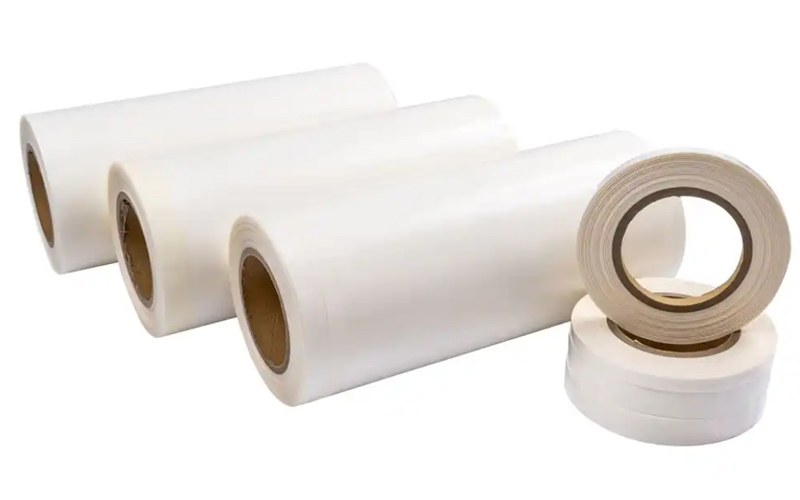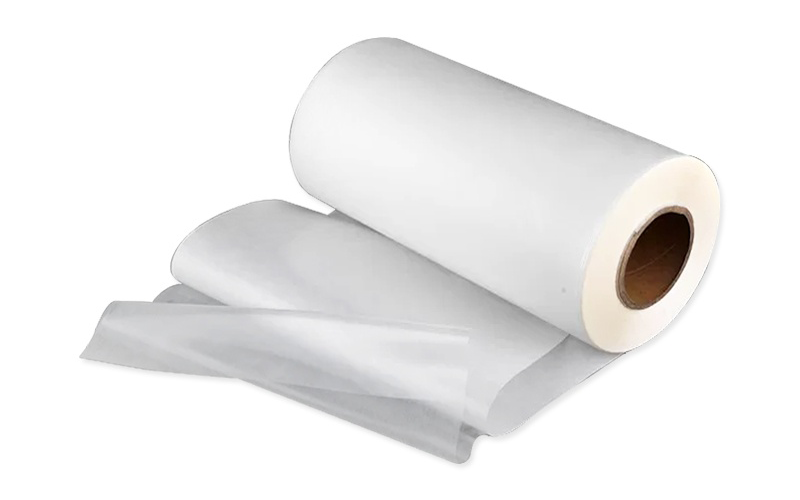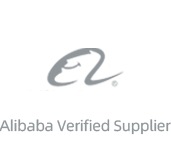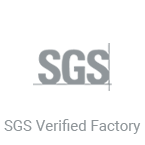Low-temperature hot melt adhesive films are specialized bonding materials designed to melt and bond at lower temperatures, making them suitable for heat-sensitive materials and applications. These films are widely used in industries such as textiles, electronics, automotive, and packaging. Understanding the different types of low temperature hot melt adhesive films can help you select the right one for your specific needs.

What Are Low Temperature Hot Melt Adhesive Films?
Low-temperature hot melt adhesive films are solid adhesive sheets or rolls that activate at temperatures lower than conventional hot melt adhesives, typically between 60°C and 120°C. Their unique properties make them ideal for applications where high heat could damage substrates or where delicate materials are involved.
Types of Low-Temperature Hot Melt Adhesive Films
TPU (Thermoplastic Polyurethane) Hot Melt Adhesive Film
TPU-based films are known for their excellent elasticity, durability, and resistance to oil and grease. They bond well with a wide range of materials, including textiles, leather, and certain plastics.
- Applications: Ideal for seamless garments, shoes, elastic fabrics, and sportswear due to their flexibility and stretchability.
Key Features:
- Elastic and soft
- Excellent bonding strength
- Resistant to washing and dry cleaning
PES (Polyester) Hot Melt Adhesive Film
PES films offer strong adhesion to rigid materials and have excellent chemical resistance. They work well for bonding materials like wood, metal, and high-strength plastics.
- Applications: Commonly used in electronics, automotive interiors, and industrial products requiring durable bonding.
Key Features:
- High bonding strength on rigid materials
- Excellent heat and chemical resistance
- Suitable for high-performance applications
EVA (Ethylene-Vinyl Acetate) Hot Melt Adhesive Film
EVA films are flexible and lightweight, making them ideal for bonding soft materials. They have a lower melting point and provide good adhesion to a variety of substrates.
- Applications: Used in textile laminations, foam bonding, and packaging materials.
Key Features:
Soft and lightweight
Low processing temperature
Environmentally friendly and non-toxic PA (Polyamide) Hot Melt Adhesive Film
PA-based adhesive films are known for their exceptional strength and resistance to high temperatures and chemicals. These are often used in demanding applications.
- Applications: Ideal for automotive components, leather goods, and heavy-duty textiles.
Key Features:
Excellent adhesion to high-strength materials
High heat resistance
Durable in harsh environments PO (Polyolefin) Hot Melt Adhesive Film
PO adhesive films are cost-effective and versatile, offering good adhesion to various surfaces such as metals, plastics, and fabrics. They are widely used in industries requiring low-cost bonding solutions.
- Applications: Packaging, construction, and basic textile applications.
Key Features:
- Cost-effective
- Moderate adhesion strength
- Good compatibility with various substrates
PVAc (Polyvinyl Acetate) Hot Melt Adhesive Film
PVAc films are primarily used for wood and paper applications. They offer good flexibility and are easy to process at lower temperatures.
- Applications: Common in woodworking, furniture manufacturing, and bookbinding.
Key Features:
- Flexible and easy to handle
- Strong adhesion to porous materials
- Low processing temperature
Customized Low-Temperature Adhesive Films
For specialized applications, manufacturers can develop customized adhesive films tailored to meet specific requirements such as melting point, thickness, and bonding strength.
- Applications: Advanced textiles, niche industrial applications, or unique design needs.
Key Features:
- Tailored to specific needs
- Compatible with unique materials
- Available in various thicknesses and roll sizes

Advantages of Low-Temperature Hot Melt Adhesive Films
- Energy Efficiency: Lower processing temperatures reduce energy consumption.
- Substrate Protection: Safe for bonding heat-sensitive materials like delicate fabrics and certain plastics.
- Versatility: Suitable for various materials, including textiles, metals, wood, and plastics.
- Ease of Use: Simple to apply with minimal setup and cleanup required.
- Eco-Friendly Options: Many films are made with environmentally friendly materials.
Alster’s Contribution to Low-Temperature Adhesive Films
Alster specializes in producing high-quality low-temperature hot melt adhesive films, offering solutions tailored for seamless garment applications. Their products ensure strong bonding, elasticity, and heat resistance while catering to diverse industrial needs.
How to Choose the Right Low-Temperature Hot Melt Adhesive Film
When selecting a low-temperature adhesive film, consider the following factors:
- Application Requirements: Identify the materials to be bonded and the environmental conditions the bond will face.
- Adhesive Type: Choose a film that matches the substrate and performance requirements.
- Melting Point: Select a film with a suitable activation temperature for your equipment and materials.
- Durability Needs: Ensure the film meets strength, elasticity, and resistance standards.
- Customization Options: If your application has unique requirements, look for suppliers that offer tailored solutions.






